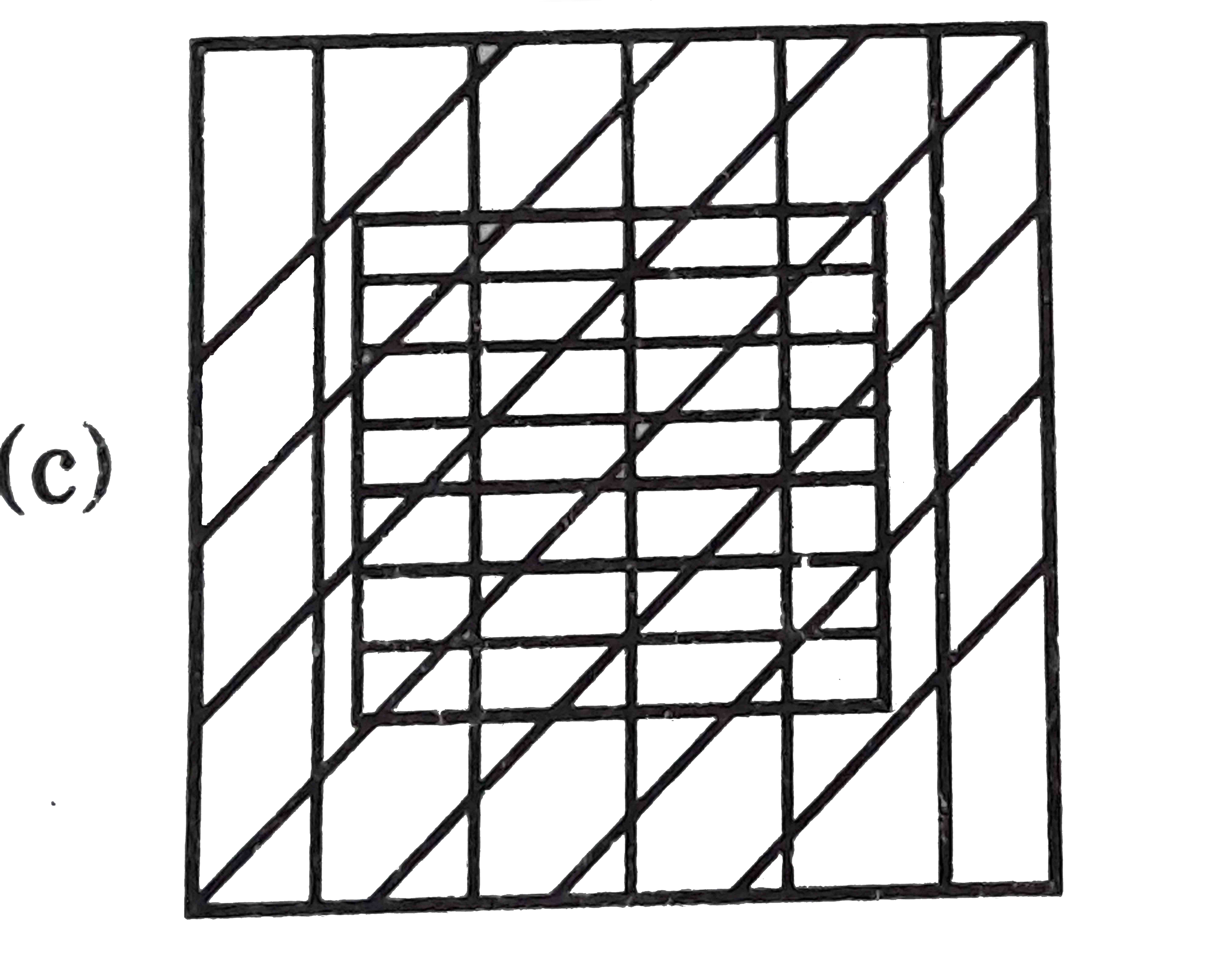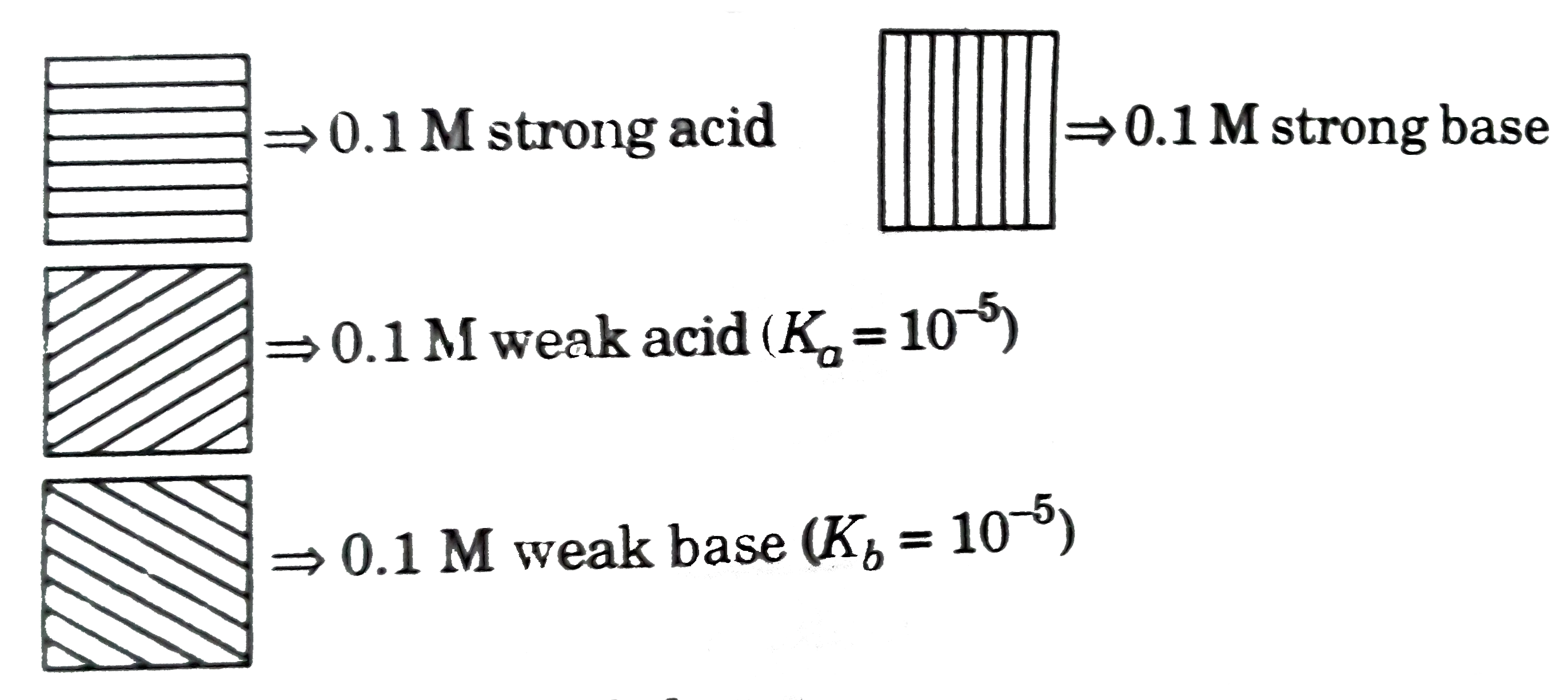We represent various reagents pictorially such that,

The relative area of the squars represents the relative volume of the reagents used and the overlapping region represents the relative amount of mixing of the reagents.
(Use log 5=0.7,log2=0.3,log3=0.5,dH2O=1gml−1)
Which of the following leads to buffer formation?




The correct Answer is:a,b,c
Step by step video, text & image solution for We represent various reagents pictorially such that, The relative area of the squars represents the relative volume of the reagents used and the overlapping region represents the relative amount of mixing of the reagents. (Use log 5=0.7,log2=0.3,log3=0.5,d_(H_2O)=1gml^(-1)) Which of the following leads to buffer formation? by Chemistry experts to help you in doubts & scoring excellent marks in Class 12 exams.
Updated on:21/07/2023Topper's Solved these Questions
Similar Questions
Knowledge Check
We represent various reagents pictorially such that,

The relative area of the squars represents the relative volume of the reagents used and the overlapping region represents the relative amount of mixing of the reagents.
(Use log 5=0.7,log2=0.3,log3=0.5,dH2O=1gml−1)
For a solution represented by
Which is/are correct?APh=1Bα of weak acid =5×10−4Cα of H2O=9×10−15DPh=1.7The region represented by 2x+3y−5≥0and4x−3y+2≥0 is
ANot in first quadrantBBounded in first quadrantCUnbounded in first quadrantDNone of theseThe rate of disintegration of a certain radioactive sample at any instant is 8100 dpm. Fifty minutes later the rate becomes 2700 dpm. The half of the radioactive sample will be (Take log2=0.3,log3=0.5,log5=0.7)
A30 minutesB61 minutesC47.8 minutesD33.3 minutes
Calculate the amount of NH3 and NH4CI required to prepare a buffer solution of pH 9.0 when total concentration of buffering reagents is 0.6molL−1. (pKbforNH3=4.7,log2=0.30)
View SolutionIf (m,n) represents the domain
of the function defined as
f(x)= ⎷log0{log0x2(3−log0x)}.
Find nm
View SolutionFind the two-thirds life (t2/3) of a first order reaction in which k=5.48×10−1sec−1 ( log 3 = 0.4771 , log 2 = 0.3010)
View Solutionif equal volume of O.1 M NH4OH and 0.1 M HCl are mixed, then the pH of resulting mixture will be
[Given pKb(NH4OH)=4.75,log5=0.7)]
View SolutionIf A is a square matrix of order 5 and 9A−1 then [adj (adj AJJ] (where A−1ATandadj (A) denotes the inverse transpose and adjoint of matrix A respectively ) contains.
(log3=0.477,log2=0.303)
View Solution

